Searching for ‘what are male dogs called’? The term is deceptively simple: ‘dogs.’ In this guide, you’ll discover the spectrum of names used for male canines in various scenarios including breeding, professional roles, and across different cultures.
Key Takeaways
-
Male dogs are commonly referred to as ‘dogs’, with specialized terms like ‘studs’ or ‘sire’ used in breeding contexts to indicate their status and roles.
-
Neutered male dogs don’t have a unique term and are often simply called ‘neutered dogs’. Male dogs in specific roles, such as ‘K9’ for police dogs, have titles that highlight their function and training.
-
Choosing the right name for a male dog involves considering factors like breed, personality, and training, with one or two syllable names often recommended for ease of recognition.
Read More: What is the Origin of the Word Dog?
Decoding the Name: What Is a Male Dog Called?
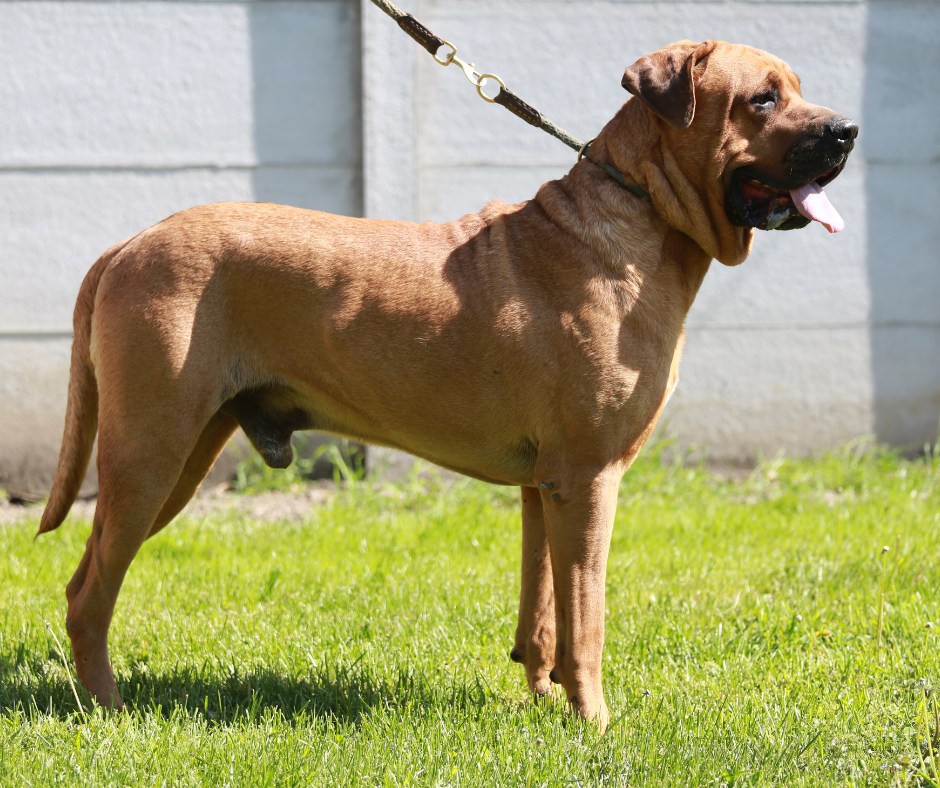
When you hear the word “dog,” it’s likely that the image of a loyal, four-legged friend springs to mind. But have you ever wondered what a male dog is called beyond the generic term we so commonly use? The answer lies in the roots of language itself. Male dogs are universally referred to as ‘dogs,’ a term that signifies both the male gender and the species Canis familiaris. This nomenclature is not only a reflection of the animal but also carries the weight of history, dating back to Middle English ‘dogge’ and even further to Old English ‘docga’.
The term ‘dog’ encompasses both male and female canines, although in many instances, dog owners tend to use it more specifically to describe male dogs. On the other hand, a female dog is called a ‘bitch,’ a term with its own set of linguistic and cultural nuances that will be explored later on. It’s interesting to note that while the term for male dogs has remained fairly consistent, the names we use to describe female dogs, and indeed the connotations attached to them, have evolved significantly over time.
In everyday conversation, the simplicity of the term ‘dog’ makes it a versatile choice, whether one is referring to a male or female dog. It’s a testament to the enduring legacy of language that such a simple word, often used to describe our canine friends, has continued to serve as the primary descriptor through the centuries. As we delve further into the lexicon of dog terminology, it becomes clear that the context in which these terms are used can greatly affect their meaning.
The Breeder’s Lexicon: Terms for Male Dogs in Breeding

In the world of dog breeding, the terminology becomes more specialized. Here, male dogs are not just dogs; they are ‘studs’ or ‘stud dogs’ when they are used for breeding purposes. The transition from a male dog to a stud is not merely a change in name but represents a set of criteria and evaluations that determine suitability for passing on genetic traits. A stud’s pedigree, health, and adherence to breed standards are critical factors that breeders consider before a male dog can earn this title. These are also important requirements of breed clubs for purebred dogs.
A male dog typically reaches the age where he can be considered for studding between 6 to 12 months. However, responsible breeders often wait until the dog is around 2 years of age, ensuring the animal has reached full maturity and health before being used to father baby dog puppies.
The process of studding involves:
-
The physical act of mating
-
Legal criteria such as proper registration
-
Health documentation
-
A mutually agreed-upon contract that outlines the terms of the mating process, including the stud fee.
After successfully fathering puppies, a male dog is then referred to as a ‘sire.’ This term is used to acknowledge the male dog’s role in breeding. This term elevates his status within the breeding context, signifying his contribution to producing offspring and the continuation of the breed line. Whether it’s the sturdy hound that’s become the pride of a breeder or the beloved family pet who’s about to become a father, the terminology used in these instances conveys respect and recognition for the male dog’s role in the perpetuation of his lineage.
Read More: The History of Dog Breeding
Neutering and Naming: What Do We Call Altered Male Canines?
But what about male dogs that are not intended for breeding? These canine companions often undergo a surgical procedure known as neutering, which brings us to another facet of canine terminology. There is no specific term for neutered male dogs; they are often referred to as ‘fixed’ or ‘castrated’. In more casual vernacular, they are simply called ‘neutered dogs’ or ‘male dogs’ without any additional qualifiers. In contrast, a spayed dog refers to a female that has undergone a similar procedure.
The term ‘gelding’ might come to mind as an older term for a castrated male dog, but this is rarely used in contemporary contexts. This illustrates how language evolves over time, with some terms falling out of favor as society’s relationship with animals changes. Dog owners today are more likely to use straightforward language that reflects the altered status of their male or female dog without resorting to archaic or less familiar terms.
Despite the absence of a distinct name for neutered male dogs, it’s crucial to recognize the significant role they play as companions. Neutering is a responsible choice for many dog owners, helping to control the pet population and often resulting in calmer, more predictable behavior from their furry friends. The lack of a special moniker does not diminish their importance or the affection they garner from their human families.
Beyond Pets: Male Dog Titles in Different Roles

Continuing our exploration of canine nomenclature, let’s venture beyond the realm of pets and breeding to consider male dogs with specialized roles. These dogs are not merely companions but also serve critical functions within society. For instance, ‘K9’ is a specific title representing police dogs, a play on the phonetics of ‘canine’ and highlighting their integral role in law enforcement activities. The term ‘K9’ instantly conveys the professionalism and training that these dogs undergo to assist in maintaining public safety.
Similarly, male dogs that provide assistance in various capacities may be referred to by titles reflecting their service, such as ‘service dogs’ or ‘rescue dogs.’ These titles not only denote their jobs but also the respect and admiration they earn for their work. In these contexts, the titles are less about the dogs’ genders and more about their roles and contributions to human lives.
The titles given to male dogs in these specialized roles underscore their value and the bond between canine and human. From sniffing out danger to providing comfort and support to those in need, these dogs are an essential part of the teams they work with. Their titles serve as a badge of honor, a recognition of the vital roles they play in society. Some examples of these titles include:
-
Police Dog
-
Search and Rescue Dog
-
Therapy Dog
-
Service Dog
-
Guide Dog
These titles not only highlight the important work these dogs do, but also the unique skills and training they possess.
Veterinary Vernacular: How Vets Identify Male Dogs

When it comes to veterinary care, precision in language is non-negotiable. Veterinarians use clear, clinical language such as ‘male dog’ or simply ‘male’ to ensure effective communication, especially in medical contexts. This straightforward approach helps maintain clarity and precision in medical records and discussions within veterinary practices. The use of precise terminology is not simply a matter of formality; it’s a tool that enables vets to provide the best care possible to our canine companions.
In the veterinary setting, every word must serve a purpose. Terms like ‘male dog’ or ‘male’ are consistently used for accurate record-keeping and to avoid any confusion that could arise from more colloquial or ambiguous language. This is particularly important when dealing with male and female canines, as their medical needs can differ significantly and precise identification can be critical to their health and treatment.
The veterinary vernacular might seem starkly clinical to the layperson, but this language reflects the professionalism and seriousness with which vets approach their duty to animal care. Whether discussing a routine check-up or a complex surgical procedure, the consistent use of specific terms ensures that the focus remains on the wellbeing of our beloved pets.
Cultural Canine Names: Male Dog Monikers Around the World

Crossing borders and diving into different cultures brings us a kaleidoscope of names for male dogs, each reflecting the linguistic and cultural fabric of their regions. In Latin American countries, for instance, names like Diego, Fernando, and Oscar are popular choices for male dogs, embodying the vibrancy and spirit of these cultures. These names often carry with them stories and meanings that are deeply entrenched in the local traditions.
In Europe, the influence of regional languages is evident in the names given to male dogs. German-inspired names such as Aldo, Fritz, and Ludwig carry a strong presence, with some names like Blitz directly translating to ‘lightning,’ hinting at the dog’s characteristics or the owner’s aspirations for their pet. Across the channel, British names like Alexander, Baron, or King reflect a regal and noble touch, perhaps nodding to the country’s historical affinity for titles and hierarchy.
Moving to Italy, male dog names such as Alfa, Enrico, and Vito resonate with a sense of charm and elegance, an echo of the country’s rich cultural and artistic heritage. In Japan, the naming of male dogs often carries deep meanings, with names like Akio symbolizing ‘hero’ and Yoshi representing ‘good luck, good, righteous’—a testament to the thoughtful consideration given to naming pets in Japanese culture. Even in Australia, male dogs might bear names inspired by local wildlife or colloquial terms of endearment, such as ‘Roo’ for kangaroo or the friendly nickname ‘Baz’.
Read More: A History of Dogs
A Guide to Gender-Specific Dog Terms

Navigating the professional dog world requires a keen understanding of gender-specific terminology. For instance, in the breeding scene, a male dog may be referred to as a ‘stud,’ while a female is known as a ‘bitch’—terms that are crucial for clear communication in these settings. The term ‘bitch,’ while it may carry negative connotations outside of dog-related contexts, is considered appropriate and specific within the professional spheres of breeding and showing.
The use of these specific terms is not just a matter of tradition but also a necessity. In conversations about breeding dogs, the correct terms like ‘stud dog’ and ‘bitch’ help avoid ambiguity and ensure that all parties involved are on the same page. Similarly, in dog shows and other canine competitions, the use of sex-specific terms like ‘dog’ and ‘bitch’ is standard practice, with categories often divided along these lines to facilitate fair and organized judging.
Understanding and using these specific terms correctly is advice that both novice and experienced dog owners should heed. Whether you’re a breeder, a dog show enthusiast, or simply someone looking to expand your canine vocabulary, knowing the right word for the right context is an essential part of being a responsible member of the dog-loving community.
Canine Relatives: Male Animal Names Across the Animal Kingdom
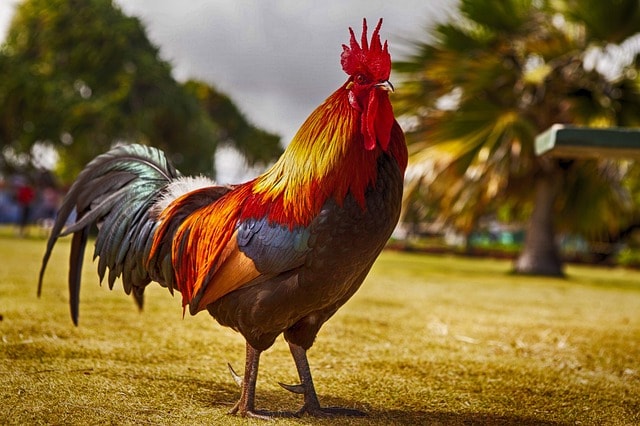
The animal kingdom is replete with a fascinating array of names for male species, showcasing the diversity of naming conventions across various animal groups. For example, a male cat is known as a ‘tom,’ while a male guinea pig carries the title of ‘boar,’ and male chickens are called ‘roosters’ or ‘cocks’. In the realms of birds and fish, the names continue to vary, with male birds often referred to as ‘cocks,’ male ducks as ‘drakes,’ and male fish simply as ‘males’.
These varied names for male animals highlight the richness of terminology that exists beyond our canine friends. They reveal how each species has developed its own set of naming conventions that often carries cultural and practical implications. For instance, the specific names assigned to male animals in agriculture, avian, and aquaculture industries serve a functional purpose, aiding in the clear communication and management of these creatures.
The diversity of names across species is a reflection of the multifaceted relationships humans have with animals. From the affectionate titles we give our pets to the utilitarian labels used in farming and wildlife management, the way we name male animals is an integral part of the tapestry of human-animal interaction. It’s a reminder that each creature, regardless of its role in our lives, is recognized and valued.
Addressing Stereotypes: Understanding Canine Terminology Sensitivities
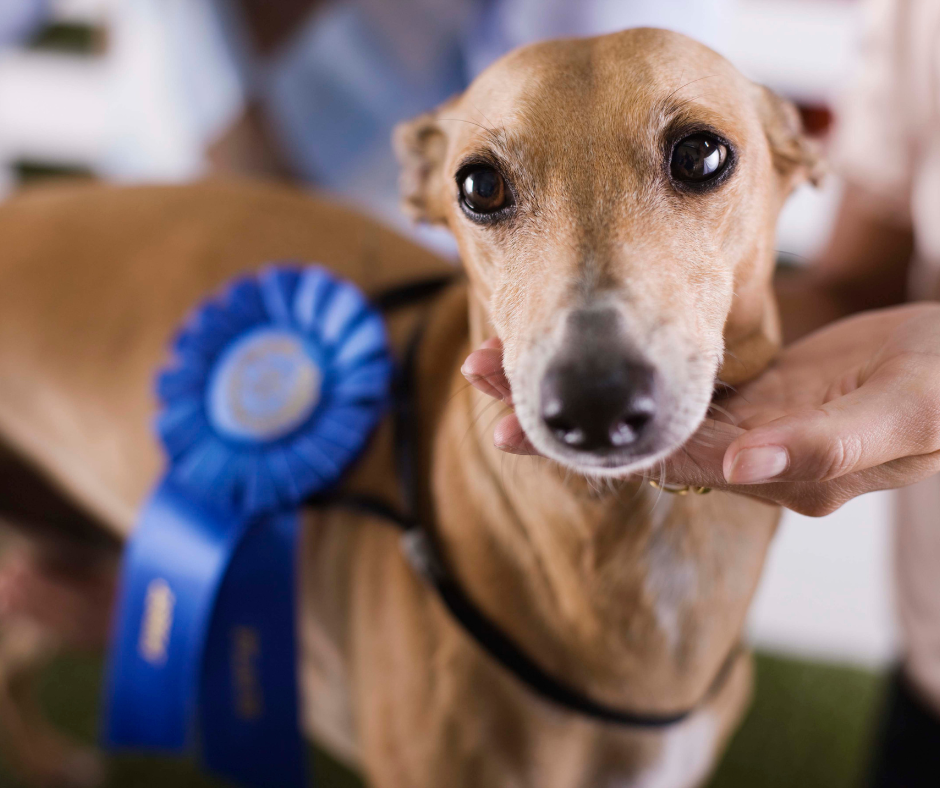
While exploring the lexicon of canine terms, it’s vital to address the stereotypes and sensitivities that sometimes arise, particularly when it comes to naming female dogs. Using accurate and respectful terminology for female dogs in conversations is important to avoid unintentional offense. The word ‘bitch,’ for instance, has a negative connotation in certain contexts when used to refer to humans, which is why it’s crucial to understand the appropriate settings in which to use such terms.
In a society that is increasingly aware of the power of language, it’s essential to engage in conversations about dogs and their names with sensitivity and awareness. The terms we choose when talking about our canine companions can have implications that extend beyond the dog park. It’s a common query among dog owners and enthusiasts alike: how can we refer to our beloved pets in a way that is both accurate and respectful?
Reflecting on how we talk about male and female dogs is more than a linguistic exercise; it’s about fostering a culture of respect and understanding. As we continue to evolve in our relationship with animals, the language we use to describe them will also continue to change. It’s our responsibility as dog owners and animal lovers to ensure that our words reflect our respect for these furry members of our families.
Your Dog’s Identity: Choosing the Right Name for Your Male Dog

Selecting the perfect name for your male dog is an important decision that can reflect his personality, appearance, breed, and even your personal interests or sense of humor. When choosing a name, consider one that aligns with your dog’s unique characteristics or one that you find particularly endearing. Dog training experts suggest opting for names with one or two syllables, as these are easier for your dog to recognize and respond to.
Some popular male dog names include:
-
Max
-
Charlie
-
Cooper
-
Rocky
-
Duke
-
Buddy
-
Jack
-
Toby
-
Oliver
-
Bear
Choose a name that you love and that suits your furry friend’s personality!
Names with hard consonants and long vowels, like ‘Lucky’ or ‘Benny,’ can be more easily distinguishable by dogs from everyday language and common commands. This can help in training and ensuring your dog’s attention when needed. Additionally, it’s important to select a name that you feel comfortable calling out in public spaces—after all, you’ll be using it frequently throughout your dog’s life.
Your male dog’s name is a significant part of his identity and your relationship with him. Whether you’re inspired by his breed, a favorite character, or a trait that stands out to you, the name you choose will be a reflection of your bond. Take your time, have fun with the process, and when you find the right fit, you’ll know—it’s a name that will resonate with both you and your canine companion for years to come.
Summary
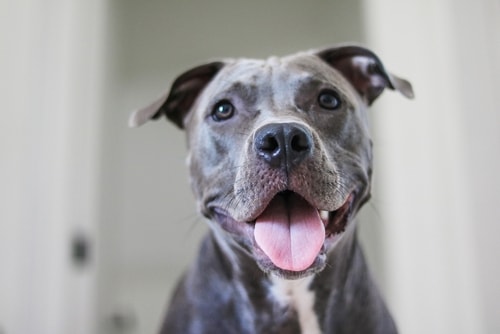
Throughout our exploration of canine terminology, we’ve uncovered the rich tapestry that forms the way we name and refer to male dogs. From the historical significance of the term ‘dog’ to the specialized lexicon of breeders, the intricacies of veterinary language, and the delightful variety of names from around the world, it’s clear that context and culture play pivotal roles. As dog owners and animal enthusiasts, let’s embrace this diversity with respect and thoughtfulness, ensuring that the names we choose for our furry friends reflect our deep appreciation for their companionship and individuality.
Frequently Asked Questions

Why is it important to use specific terms like ‘stud’ and ‘bitch’ in professional dog environments?
Using specific terms like ‘stud’ and ‘bitch’ in professional dog environments is important for clear communication and avoiding ambiguity, particularly in breeding, showing, and veterinary care contexts. It provides precision and ensures understanding.
At what age can a male dog be considered a stud for breeding purposes?
A male dog can be considered a ‘stud’ for breeding purposes at around 6 to 12 months of age, but it’s advisable to wait until the dog is around 2 years old to ensure full maturity and health.
Is there a specific term for neutered male dogs?
Neutered male dogs are commonly referred to as ‘fixed’ or ‘castrated’. In casual language, they may simply be called ‘neutered dogs’ or ‘male dogs’.
Are there any guidelines for choosing a name for a male dog?
When picking a name for your male dog, consider choosing one that reflects his personality, appearance, or breed. Opt for a name with one or two syllables that has hard consonants and long vowels for easier recognition.
Can the term ‘dog’ refer to both male and female canines?
Yes, the term ‘dog’ can refer to both male and female canines, although it is more commonly used to describe male dogs. The specific term for a female dog is ‘bitch’.


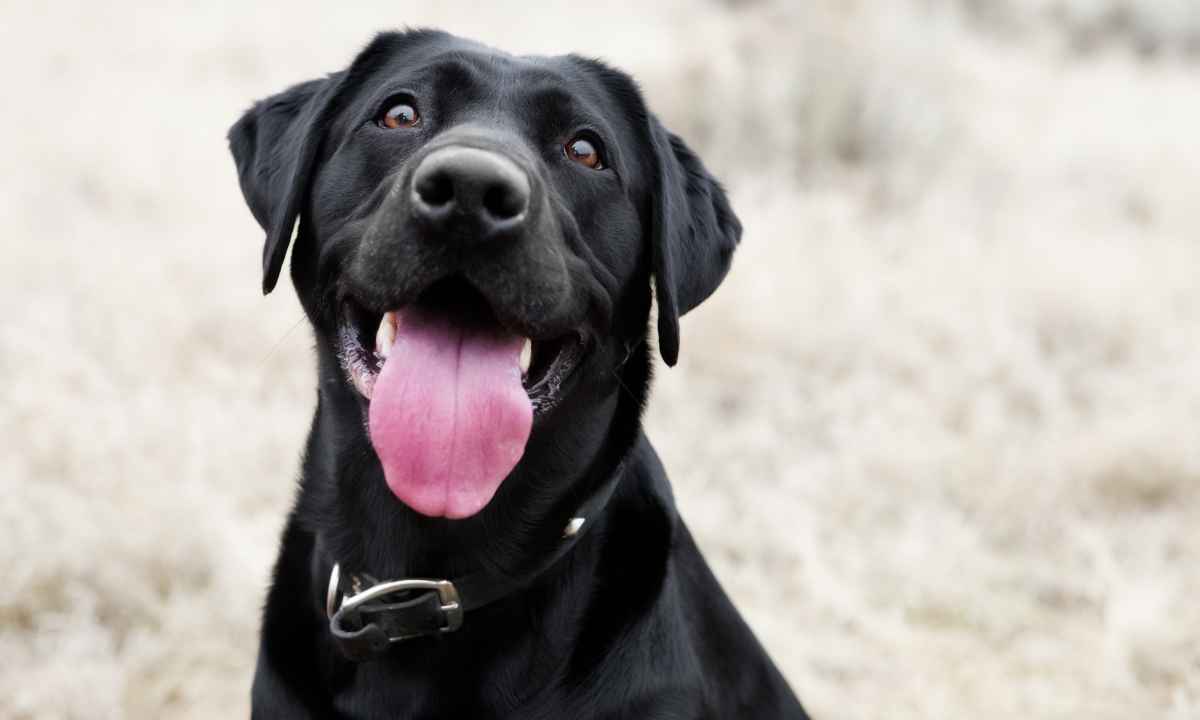
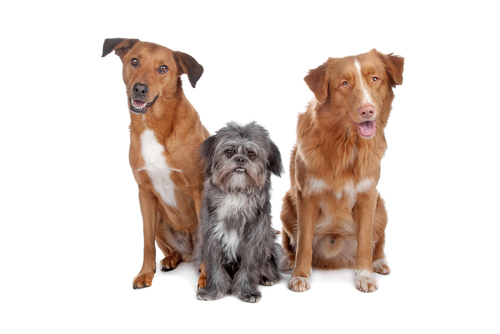
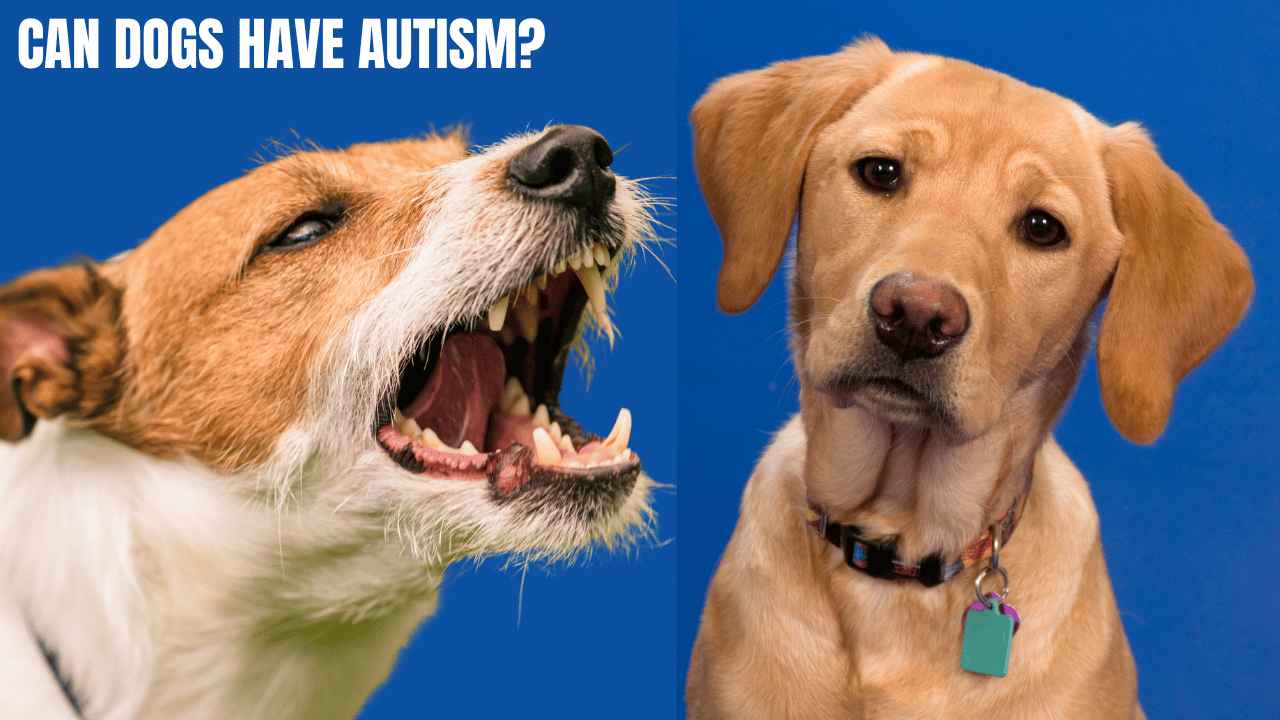

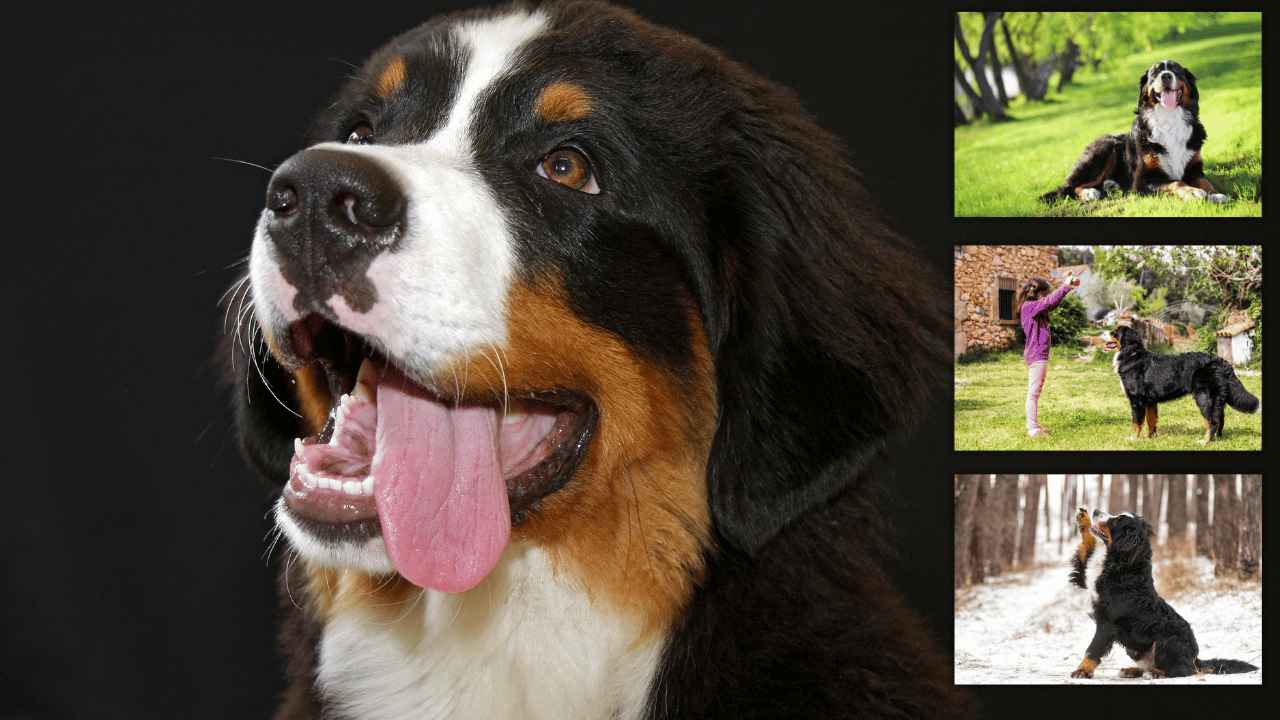

Get involved!
Comments